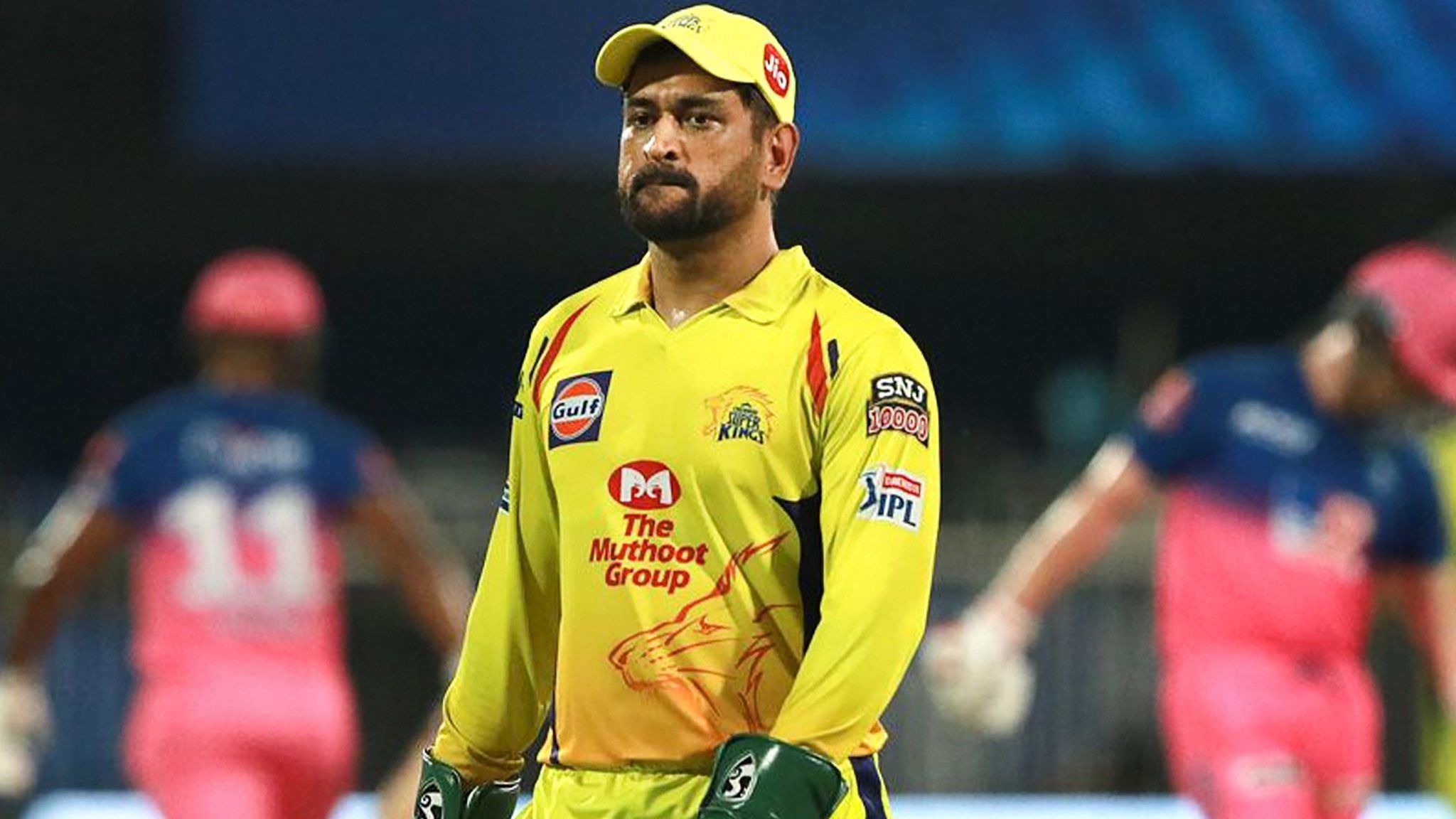The Doomsday Clock was updated today and has been left at 90 seconds to midnight, similar to what it was last year reflecting a "continuing and unprecedented level of risk". This comes at a time when humanity is in the most danger it has ever been, according to experts. The scientists emphasised in their announcement that the clock could be turned back, but governments and people need to take urgent action.
The Doomsday Clock moves closer to midnight to reflect human-made global catastrophes and is a symbolic timepiece showing how close the world is to ending. It was created in 1947 by a group of atomic scientists, including Albert Einstein.
Today, the Bulletin's Science and Security Board once again sets the #DoomsdayClock at 90 seconds to midnight.
Humanity continues to face an unprecedented level of danger.
Read the full statement: https://t.co/PowB7RkzXw pic.twitter.com/aRyF2ZX3wB
The Bulletin of the Atomic Scientists, a Chicago-based non-profit organization that updates the time annually based on information regarding catastrophic risks to the planet and humanity, said that climate change, ongoing wars and artificial intelligence pose new risks to humanity. "A variety of global threats cast menacing shadows over the 2024 Clock deliberations, including the Russia-Ukraine war and deterioration of nuclear arms reduction agreements; the Climate Crisis and 2023's official designation as the hottest year on record; the increased sophistication of genetic engineering technologies; and the dramatic advance of generative AI which could magnify disinformation and corrupt the global information environment making it harder to solve the larger existential challenges," they said.
Rachel Bronson, PhD, President and CEO of the Bulletin of the Atomic Scientists, said: "Make no mistake: resetting the Clock at 90 seconds to midnight is not an indication that the world is stable. Quite the opposite. It's urgent for governments and communities around the world to act. And the Bulletin remains hopeful-and inspired-in seeing the younger generations leading the charge."
Bill Nye, who participated in the 2024 Doomsday Clock announcement, said, "For decades, scientists have been warning us of the dangers facing humankind. We could be facing catastrophe unless we better manage the technologies we've created. It's time to act."
The organisation describes the clock as a "metaphor for how close humanity is to self-annihilation" and says the annual resetting should be seen as a "call-to-action to reverse the hands." A group of scientists and other professionals from other areas, comprising 13 Nobel Laureates, deliberate on global events and decide where to position the clock's hands annually.
In 2023, the Doomsday Clock was set at 90 seconds to midnight, the closest it has ever been to midnight. The Bulletin said they took into account the Russia-Ukraine war, bio-threats, proliferation of nuclear weapons, the continued climate crisis, state-sponsored disinformation campaigns and disruptive technologies.
In 1991, the hands of the clock were set farthest from midnight with the end of the Cold War. The United States and the Soviet Union had signed the Strategic Arms Reduction Treaty which provided for deep cuts to the two countries' strategic nuclear weapons arsenals, prompting the Bulletin to set the clock hand to 17 minutes to midnight.

 1 year ago
22
1 year ago
22











 English (US) ·
English (US) ·